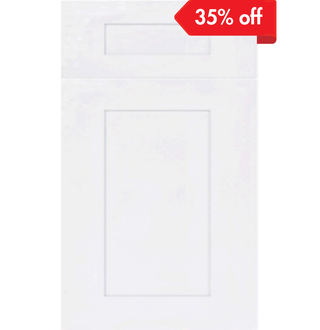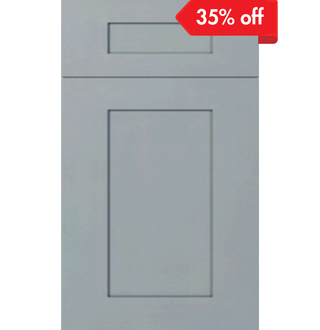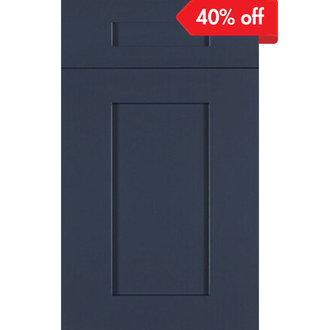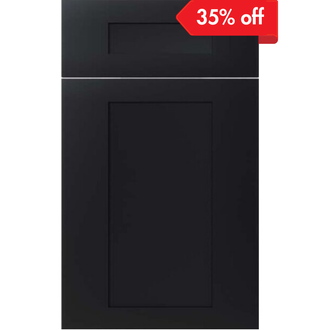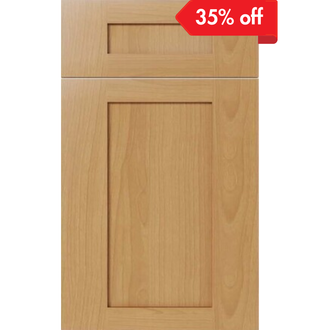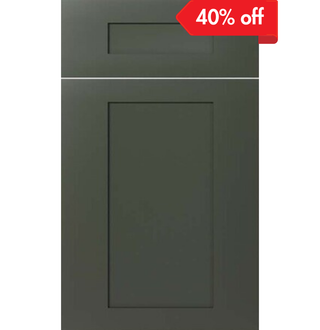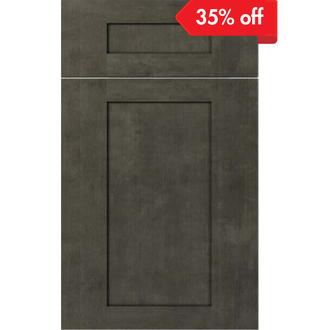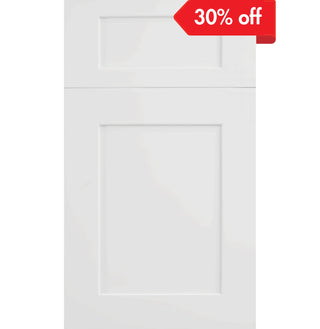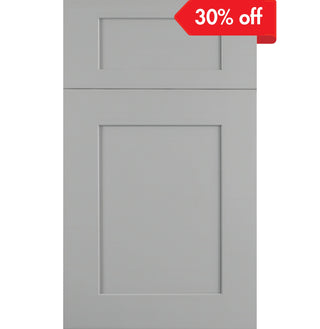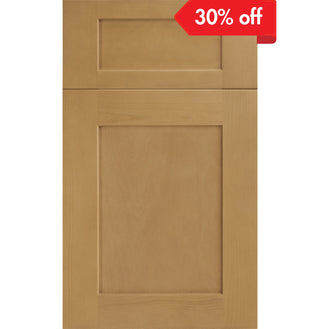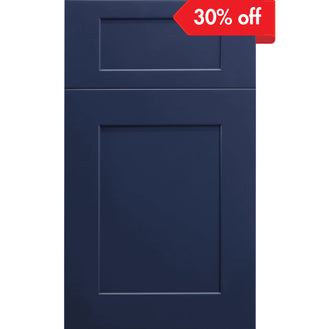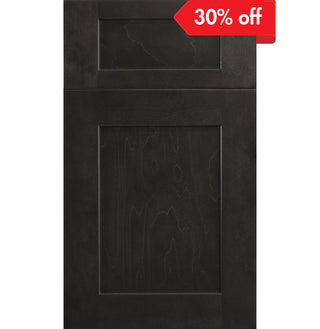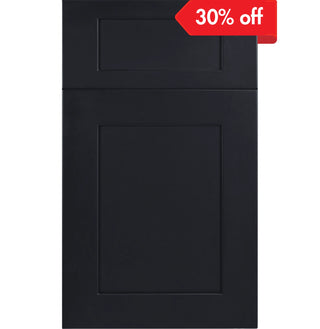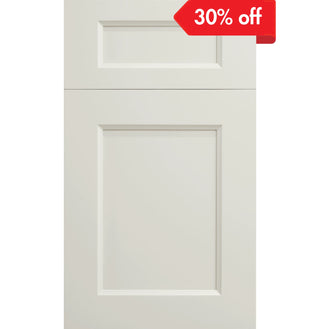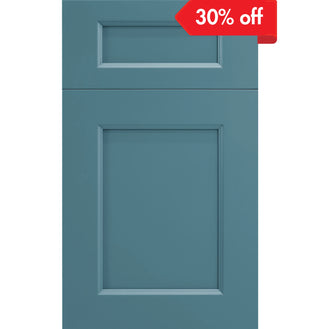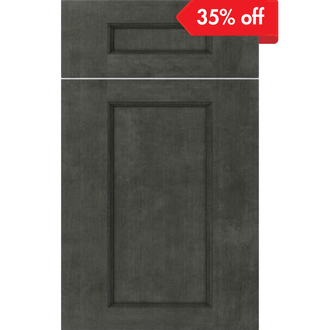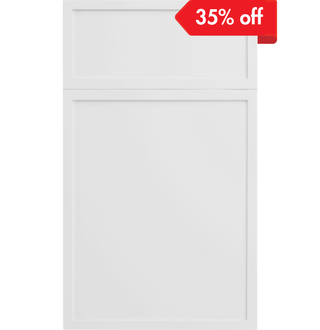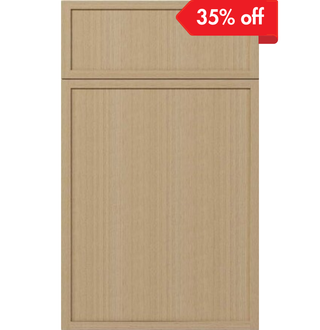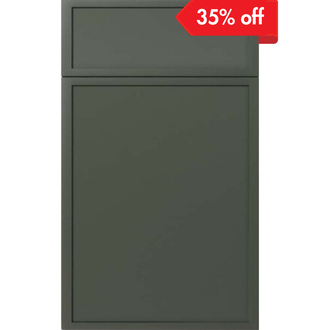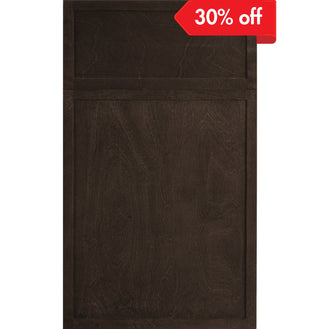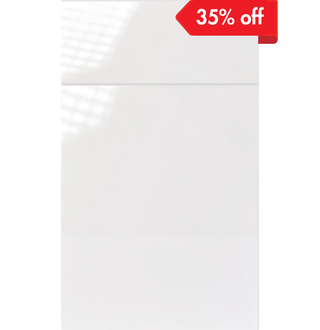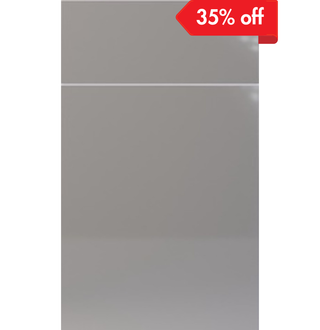Introduction
Kitchen built-ins are simply something so beautiful. No quantity of standalone furniture can match built-ins, which appear to be a permanent part, designed and drawn for the room. They bring order, equilibrium, and sophistication to the busiest room in the house. If you've ever stood in awe before inspiration boards or home design TV shows, then you've witnessed how kitchen built-ins always seem tidy and style-forward. Regardless of how drab they may appear to be, getting them done doesn't have to be intimidating. All it takes is patience, the correct materials, and a touch of motivation to create kitchen built-in cabinets that are practical but eternally chic.
Here in this tutorial, we're going to be talking about why in the world it is so worth the money to spend on built-in cabinets, what you should know before you begin, and even how to make them a reality. You might be a new handyman looking for a project, or you might be a home owner who just wants an idea of what's involved. No matter what your circumstances, this article will guide you through the entire process of design, construction, and finished result of your new built-in kitchen cabinetry.
Why You Should Have Built-In Cabinets
Build-ins are not merely storage. They are actually part of building your kitchen. They are different from furniture cabinetry or freestanding cabinetry because they make you feel like they are part of the walls themselves. This has a multitude of advantages:
One, built-ins optimize your kitchen space. Since they're installed within walls, behind appliances, and even ceilings, you're eliminating dust-collecting odd spaces or useless spaces. Two, built-ins raise the decor level of the kitchen. Design-wise, there's nothing more functional than cabinetry to be the common factor. Three, built-ins contribute to long-term value to a house. Kitchens sell homes, and homeowners want to come home to homes with intelligent, efficient places for storing things.
In your own home, too, built-in cabinets are consuming your life. Do you need more pantry room? Do you want a dish-showcase area? Or maybe you just can't abide mess anymore and you need a high-style, space-saving area. Built-ins will stash it all—and put it all within reach.
Planning Your Built-In Cabinets
Even before you ever hold a drill or a saw, planning is where most of your success resides. Right drawn-out inbuilt starts with right measurements and right planning. Check in the wall where your cabinets are going up, considering height, width, and depth. Consider baseboards, crown molding, or bumpy surfaces.
The build-in follows. Build-ins are L, U, or just straight run shape, depending on your kitchen. When you install an island, think about whether you want it to look like a build-in too with finished side panels or furniture-like. Think about appliances too: ovens, dishwashers, microwoves, and refrigerators all need planned room and ventilation. There can be no greater frustration than to complete your cabinetry and discover that the refrigerator won't even open up.
And another of the time- and money-saving choices is to start with RTA cabinets. They're already cut up and just waiting for you to assemble them, the benefit of built-in appearance for a custom price without the prohibitively expensive full-custom cabinetry.
Materials and Design Options
There are built-in cabinets in every material one can imagine, and your decision will be bound to have some effect on the appearance as well as longevity of your kitchen. Wood is always in style, but to top with MDF, PET, or laminate gives the endurance as well as frugality.
In terms of style, Shaker cabinets are the popular choice as they exist in simple five-piece style—two stiles, two rails, and center panel recessed. They easily fit into modern and traditional kitchens from a visual point of view. They provide a clean look with frameless cabinets providing a flush line and open-access storage.
Color is also something to think about. White cabinets are never outdated since they reflect light and make even the smallest kitchens look like they have more space. Green cabinets are tidy and meticulous, and brown kitchen cabinets are warm and welcoming, especially in a bit more formal an environment. Mixing colors is more and more acceptable, such as white on top and green or brown below for contrast.
The key is to think about how the cabinets will work with your flooring, countertops, and overall kitchen vibe.
Tools and Supplies You’ll Need
Building built-in cabinets requires a combination of carpentry tools and finishing supplies. At a minimum, you’ll need:
-
Measuring tape and level for accuracy
-
A circular saw or table saw for cutting panels
-
Power drill and screws for assembly
-
Wood glue and clamps to reinforce joints
-
A stud finder to be able to safely have the cabinets installed on the wall
-
Safety glasses and gloves, safety gear
Trim, crown molding, and hardware will also give that built-in, streamlined look to your cabinets.
Step-by-Step Instructions: How to Build Built-In Cabinets
-
Prepare the Space
Make sure that you prepare the space in which you will be installing the cabinets. Remove any old cabinets, repair walls, and leveled floors. In case you do not have a leveled floor, then you would need to shim the bottom afterward so everything would've had to fit.
-
Construct the Base Frame
Although freestanding cabinets do not have a base frame, most built-ins are supported by a wood base frame. Construct this "toe-kick" platform using 2x4s, ensuring it is perfectly level and securely fastened.
If you’re using RTA cabinets, this step is straightforward. Follow the instructions to assemble each unit, making sure everything is square. For custom builds, cut your panels, drill pocket holes, and piece together boxes.
-
Install Cabinets
Starting in the corner and working outward, check each cabinet for plumb and install it into wall studs with a level. Clamp the surrounding cabinets to one another so they will be one long run.
-
Install Finish and Trim
After cabinets are in place, there is finish work to do. Crown molding goes over the joint that cabinets and ceiling share, and filler strips will be needed if your measurement was not precise. Caulk seams and touch-up paint will create the look of built-ins.
Finishing Touches and Personalization
Build-ins really get a shot of life when you add personal touches to them. Lower cabinets' lighting not only brightens prep areas but also provides some highlighting on craftsmanship. Pull-out shelf, lazy Susan alternatives, or divider drawer may stock. Glass doors above cabinets allow you to display favorite items or collectibles. Even brass knobs or matte black hardware on the smaller furniture pieces like drawer pulls can help in working towards altering the personality of your kitchen.
Maintenance and Care
After installation, regular maintenance keeps your cabinets in fine shape for decades. Soap and water glide painted finishes, and stained wood is polished every now and then. PET or laminate finishes won't scratch or stain and are just wiped off.
Occasionally check and tighten drawer slides and hinges as necessary.
Mistakes to Avoid
All weekend warriors get caught with the same trap if they attempt to jump into built-ins:
-
Bad measurement and ugly gaps
-
Not cabinetry with regard to studs
-
Color choice that will battle with flooring or counters
-
Overconstruction in small kitchens and turning them boxy
-
Not considering appliance size and clearance
Double-checking and planning ahead carefully can avoid these traps.
Cost Factors
Cost of built-in cabinetry varies dramatically depending on material, size, do-it-yourself versus professional. Hundreds of thousands of dollars will be spent on custom cabinetry but RTA cabinets are just as valuable without compromise.
Estimate of:
-
RTA or custom cabinetry
-
Trim and hardware
-
Paint or stain
-
Tools and materials if not already in hand
Expensive, yes, but built-ins are a tremendous return on your home's worth and will pay for themselves in resale.
Bringing It All Together
At the end of the day, creating built-in cabinets in your kitchen isn't about putting things away—it's about creating a place that functions in and around your life to aid in cooking, entertaining, and living. Concept and material to put in and finish work—everything matters.
With the right tools and some thoughtful planning, your built-in cabinets can transform your kitchen into the heart of the home you’ve always imagined.


